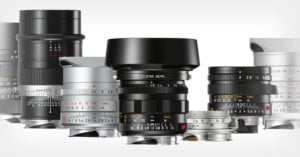
A Complete Guide to Leica M Lenses
Leica. The name conjures notions of luxury, history, quality, and precision. This especially applies to Leica’s M-mount lenses. While some of Leica’s latest camera bodies like the M11 have gathered praise, the lenses have set the industry gold standard.









